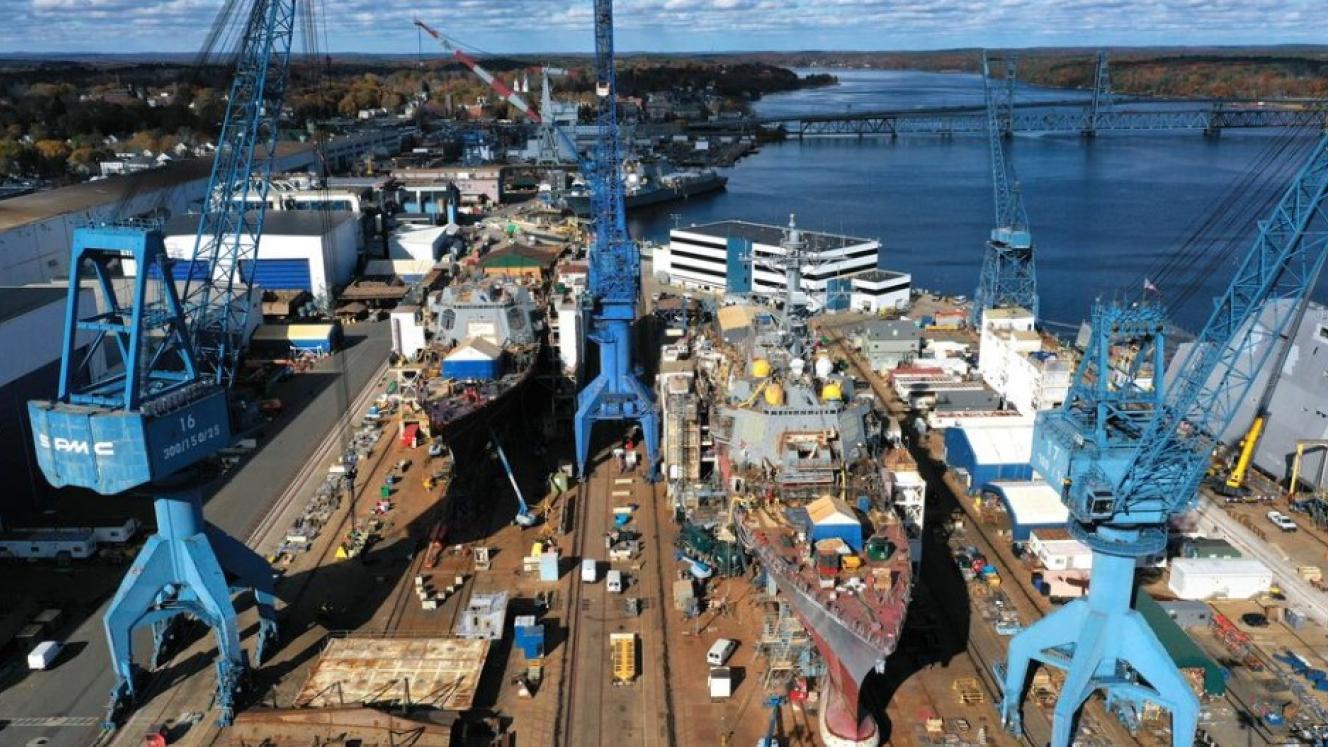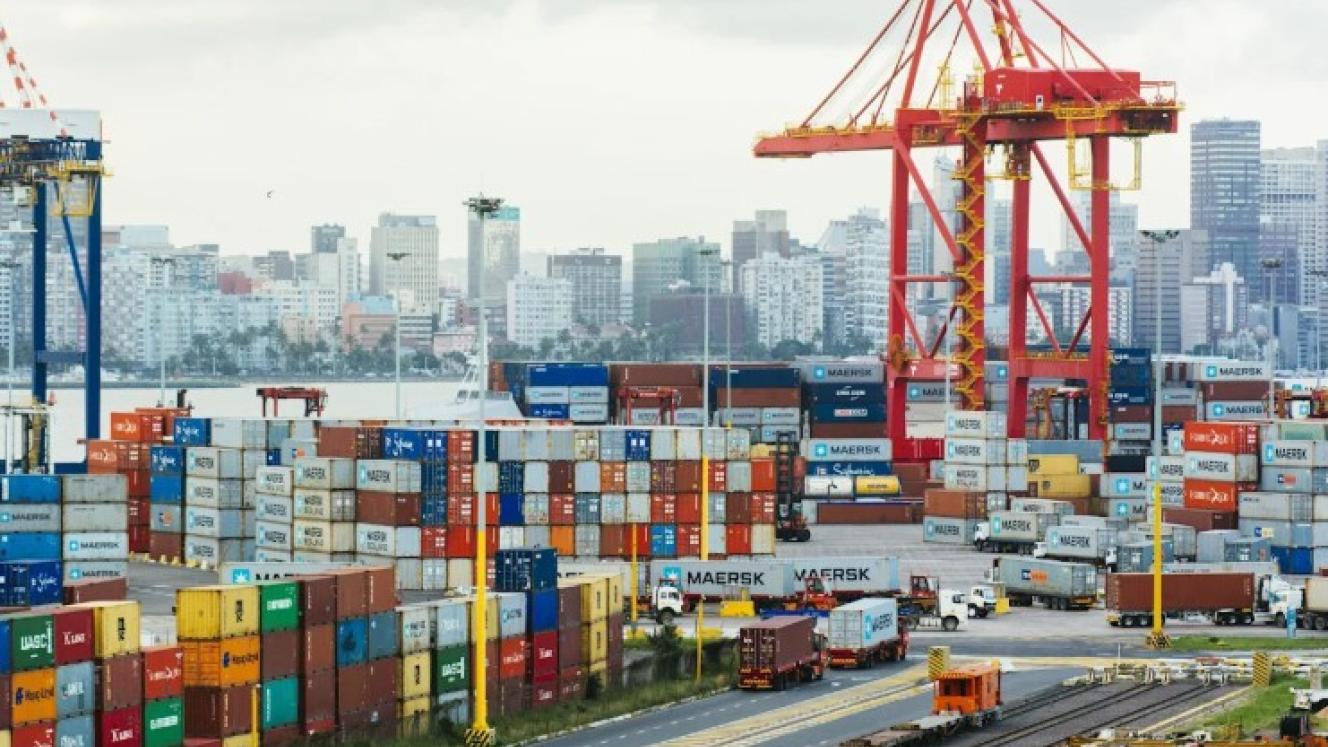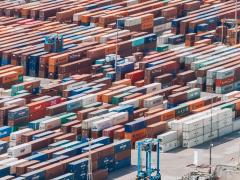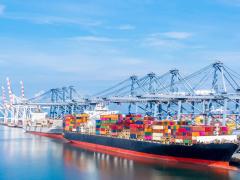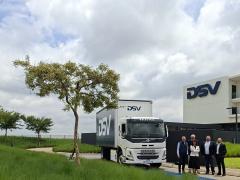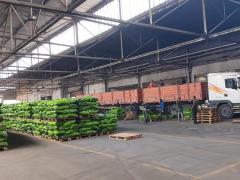US President Donald Trump’s ambitions to re-invigorate America’s shipbuilding industry have come under pressure after Ian Bennitt, a senior figure within the National Security Council responsible for maritime affairs, announced he would be leaving the White House.
At least one of his deputies will follow him, Seatrade Maritime reports.
The Trump administration was said to be developing a ‘Maritime Action Plan’ aimed at advancing the US commercial shipping sector, with a formal announcement reportedly scheduled for November, subject to the current timetable remaining in place.
Recent developments involving Hanwha Ocean, the parent company of what is now Hanwha Philly Shipyard, may suggest a potential path forward for the future of US commercial shipbuilding.
In a complex arrangement between affiliated entities, Hanwha Shipping, the American subsidiary of the South Korean shipbuilder Hanwha Ocean, is understood to have placed an order for an LNG carrier to be constructed at the Hanwha Philly Shipyard.
The South Korean parent company had acquired the shipyard, near Philadelphia, Pennsylvania, towards the end of 2024 from its previous owners, a group linked to Norwegian conglomerate Aker, in a transaction reportedly valued at approximately $100 million.
Historically, the yard has constructed vessels compliant with the Jones Act for US-based companies such as Overseas Shipholding Group (now part of Saltchuk), Exxon, and Matson.
The estimated cost of the new liquefied natural gas vessel, which remains open to revision, has been quoted at KRW348 billion – equivalent to roughly $260 million. This figure is broadly consistent with recent pricing for newly ordered 180 000-cubic-metre LNG carriers, although the precise specifications of the vessel for Hanwha Shipping have yet to be disclosed.
There is also believed to be an option in place for a second ship.
Of particular interest is that the United States has not constructed LNG carriers since the late 1970s, when the Quincy shipyard in Massachusetts, then operated by General Dynamics, built ten 125 000-cubic-metre vessels featuring spherical tanks.
LNG carriers have featured prominently in recent statements from the United States Trade Representative, who has proposed measures that would impose costs on Chinese-affiliated vessels making port calls in the US, while also advocating for US flagging of a portion of the fleet.
Observers have remarked that the seemingly competitive pricing, long thought unfeasible for US-built commercial vessels, can be attributed to the fact that a significant portion of the shipbuilding will take place in South Korea.
A statement from Hanwha explained that, while a major segment of LNG carrier construction would be centred at Hanwha Ocean’s Geoje facility, Hanwha Philly Shipyard would play a key supporting role in meeting US legal and safety certification requirements, specifically those set by the United States Coast Guard (USCG).
It was emphasised that, for the vessel to be registered under the US flag, full compliance with USCG standards would be mandatory. Hanwha Philly Shipyard, noted for its extensive experience with US ship construction, would therefore lead these certification efforts. The project would thus follow a joint-construction model involving both shipyards.
Hanwha has expressed a strategic ambition to play a major role in US shipbuilding, intending to introduce successful technologies from its South Korean facilities into the American market.
